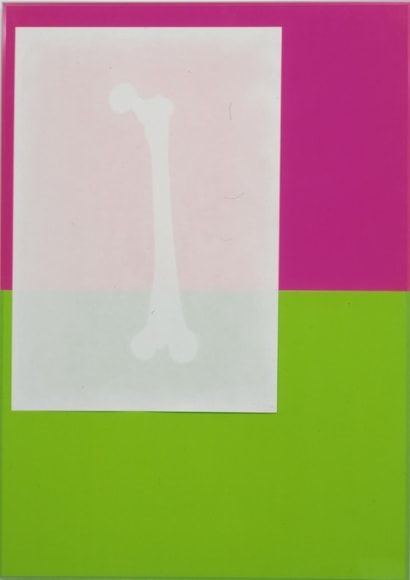Stux Gallery is pleased to announce the first New York solo exhibition by German artist Joseph Zehrer, who will present highlights of his rich artistic career, including drawings, sculptures, videos and light installations.
Admitting, in his own words, that he doesn’t like to paint with paint, Zehrer nowadays works mainly with Plexiglas. Employing humor and irony in his conceptual oeuvre, Zehrer questions and comments on the nature of art itself. For his images he uses a special technique of pairing two sheets of Plexiglas, and combining them with tubes through which color is injected into the image. With this artistic process the work acquires spontaneity and unpredictability. His abstract forms, as well as his often human-like motives embedded in imprecise architectural settings, reveal a mysterious engrossing world, removed from a specific space and time coordinate.
While researching his individual mode of artistic expression, Zehrer exhibits a high interest in the natural sciences and modern technologies. In his light “fences” presented at Stux gallery, the artist uses Plexiglas tubes which, via high-tech electronics attached to one end of each tube, are streamed through with colorful, glowing light. With this technique Zehrer invented his own specific way of creation, employing light instead of paint, as artistic material.
Zehrer’s human life-sized Plexiglas houses in transparent, red and yellow form an abstract road zigzagging through the gallery. Connected with each other by movement detectors that cause the illumination of the houses when one moves around or walks though them, they allow the visitor to experience a special form of interaction with the artist’s work.
















